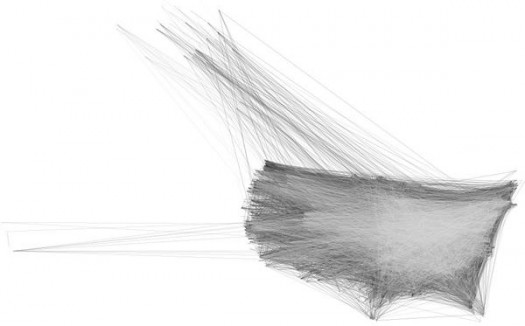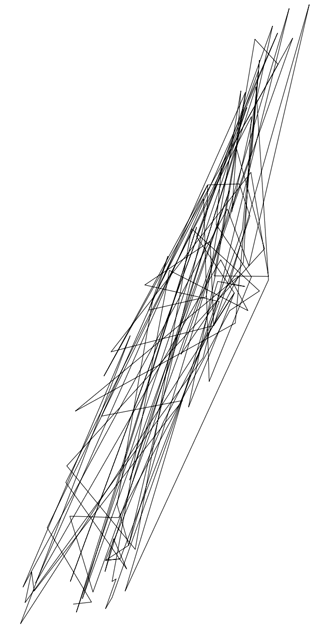
We are celebrating 15 years — and counting — of stories that are deeply researched and deeply felt, that build a historical record of what the city has been.
We are celebrating 15 years — and counting — of stories that are deeply researched and deeply felt, that build a historical record of what the city has been.
First up, some news and commentary: the Gowanus rezoning is on hold; the shovel-ready tunnel link that will double the number of Penn Station’s Jersey commuters proves once again that much stimulus thinking is short-sighted; and Omnibus fan and fellow cinephile Leni Schwendinger discusses, with a leading Dark-Sky activist, the best ways to light the environment.
Next, to do this weekend: in case you missed mention of it on Brownstoner, be sure to join watchdog blogger extraordinaire (and frequent commenter keeping the Omnibus honest, see here and here) Norman Oder for a tour of the Atlantic Yards footprint tomorrow.
Speaking of walking tours, remember how much fun we had when we walked down the Grand Concourse with Sam Goodman and got all pot-lucky with the Design Trust? Well, if you missed it and want to tour the “Champs Élysées of the Bronx” on your own, start by reading this article by Constance Rosenblum – in which an evocative photo of the young Sam Goodman plays a role – and then, if you’re still as smitten with this fabled roadway as we are, mark your calendars for the results of the design competition on display at the Bronx Museum this November, and get psyched for Rosenblum’s forthcoming book about the Concourse, Boulevard of Dreams.

Identically named places connected (USA). By Neil Freeman.
So, it should be pretty clear by now that we firmly believe that close attention to new trends in data visualization and communication is crucial to any discussion of the relationship between design innovation and the built environment of our cities. Simple visualizations of data can also, it turns out, provide images beautiful to behold in their own right: the image above is one of several artworks by Neil Freeman, of Brooklyn Typology fame, that combines, maps, lists, rules and then connects the dots (the one above traces a line between all identically named places in the United States; another fave of ours is his New York City public schools connected in numerical order, below). You can buy a limited edition of the image above from our good friends at the Next American City. And guess what? BusinessWeek has recently named Neil as one of their 21 heroes of data visualization. There’s some other cool stuff in there, too. We particularly like the flight pattern map of the US and the tree-like representation of bicycle and walking paths in Seattle.

New York City public schools connected in numerical order. Manhattan: 110 schools (1 — 364). By Neil Freeman.
It’s been a big week in the news for communicating urban data – not just the beautiful kind, but the kind that involves crime stats and the sad news that your favorite ethnic restaurant has perhaps a few too many health violations. The news on Monday that MSNBC has acquired hyperlocal website Everyblock.com reverberated around the blogosphere, including two opinions shared here on Urban Omnibus. We’re eager to include other voices in this conversation, particularly from writers, designers, thinkers and citizens who can speak to the difference between data aggregation, “actionable” urban intel, and human-interest stories that highlight the city’s diverse neighborhoods, characters and designs. So, please get in touch if you want to chime in on the future of local news.
If you’re gearing up for another grueling semester of design school, or if you just want to probe deeper into the culture of architectural education and practice, then join the team behind the upcoming Archiculture documentary on September 2nd for a premiere party for the film’s new trailer. Whet your appetite with the teaser below:
Meanwhile, our friends at GOOD just keep finding the best innovations in green, urban technology to endorse. This week the team shows us some solar-powered trash compactors in Philadelphia. Frankly, we’d be happy just to see more curb-side recycling opportunities in New York, but a compaction system powered by a renewable energy that lessens the load, lowers the frequency and shrinks the footprint of trash collection all the while communicating wirelessly with networked system of streets and sanitation management? Yeah, we’d like that too. Have you used the pilot Big Belly solar compactor in Union Square? Let us know what you think.
The Roundup keeps you up to date with topics we’ve featured and other things we think are worth knowing about.
The views expressed here are those of the authors only and do not reflect the position of The Architectural League of New York.
Comments